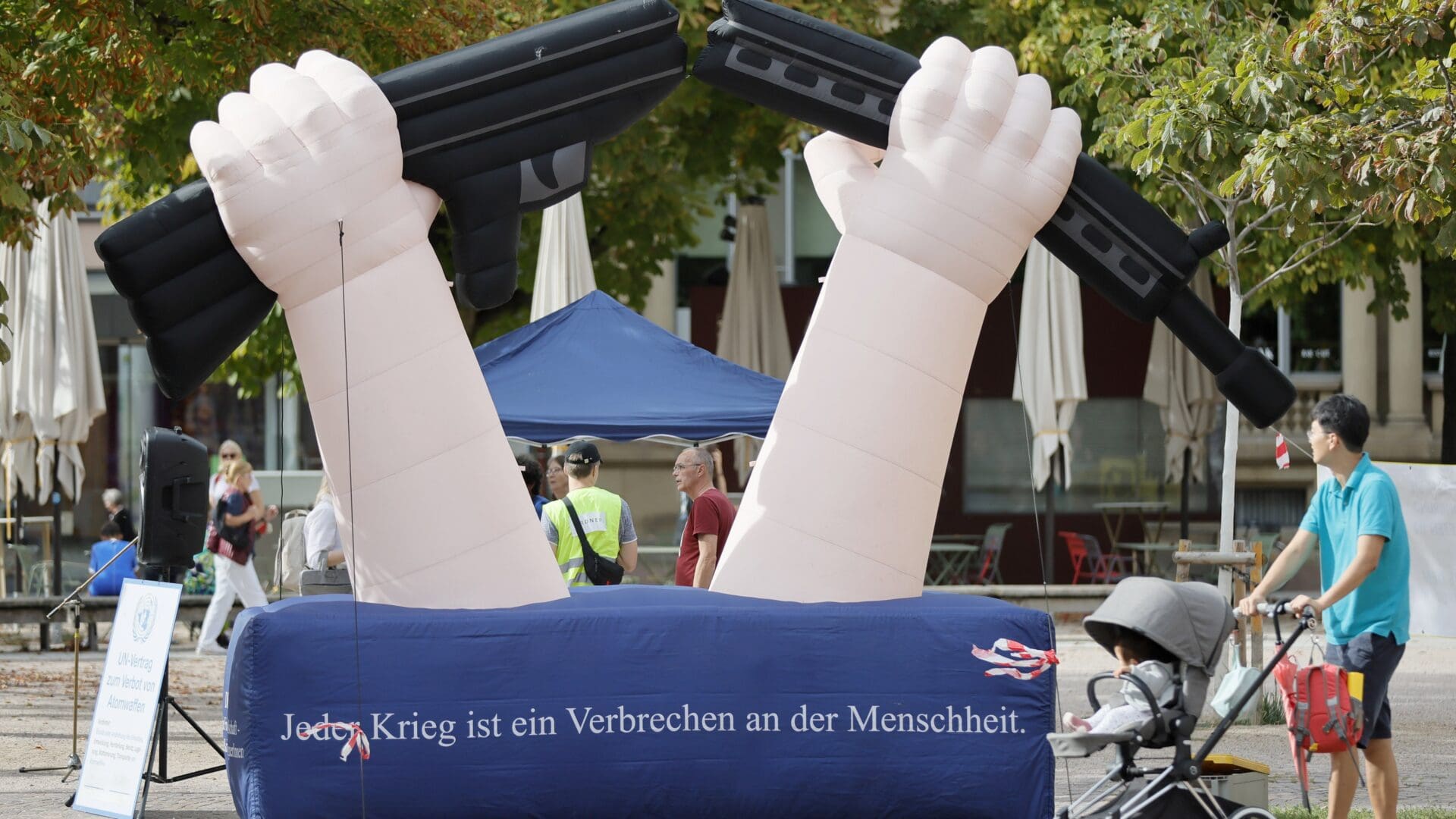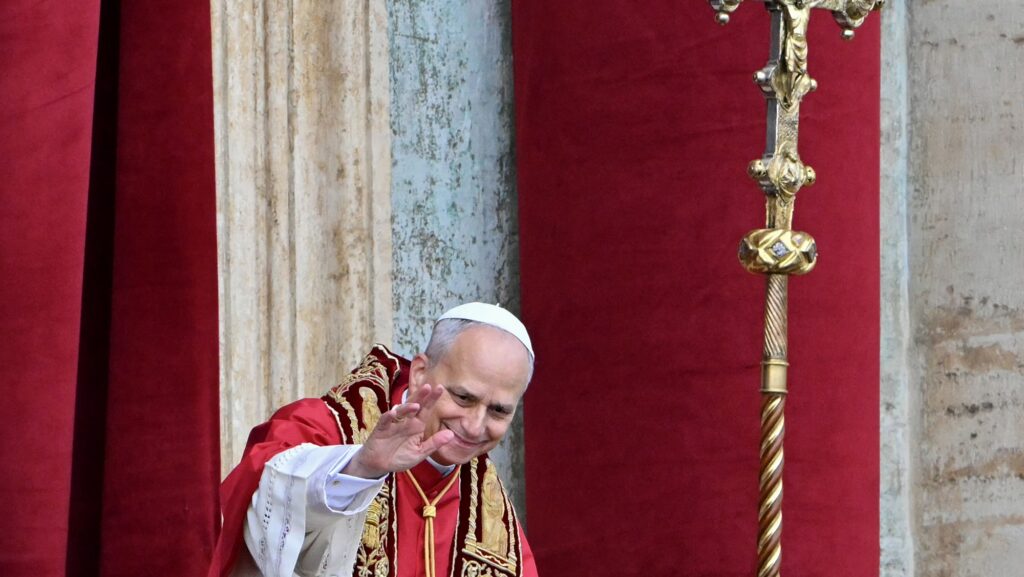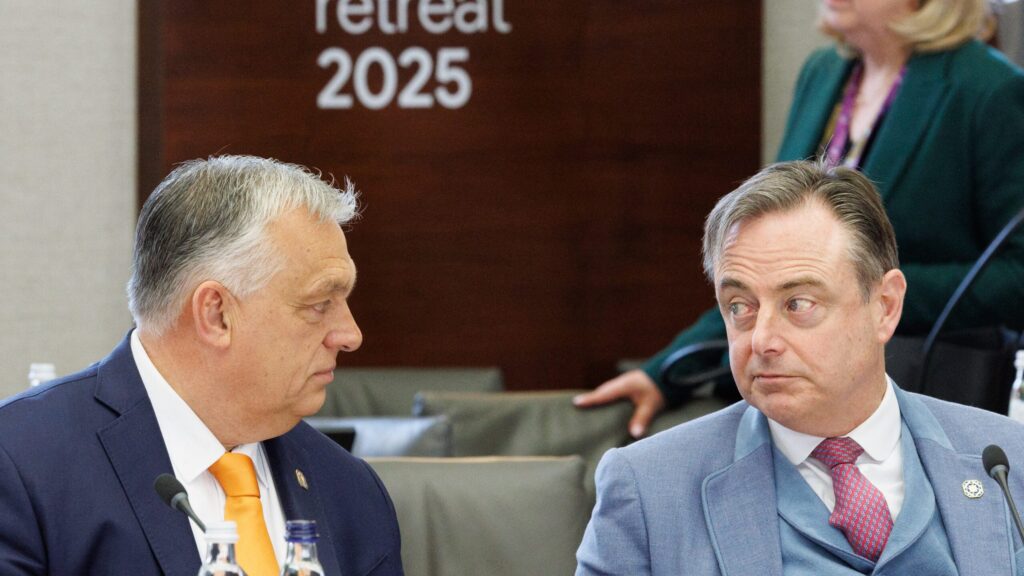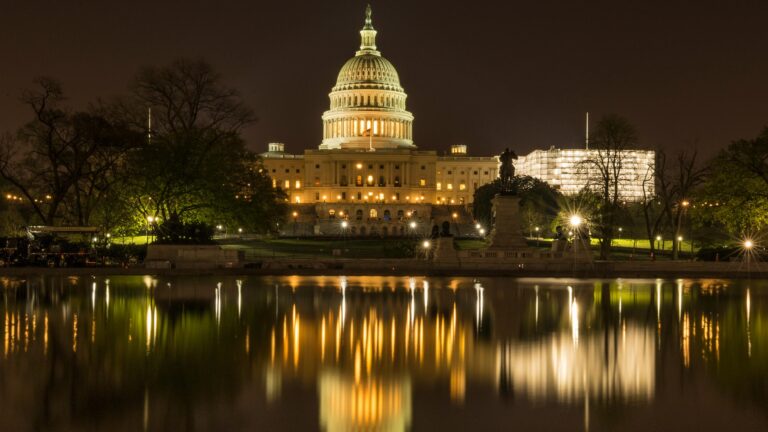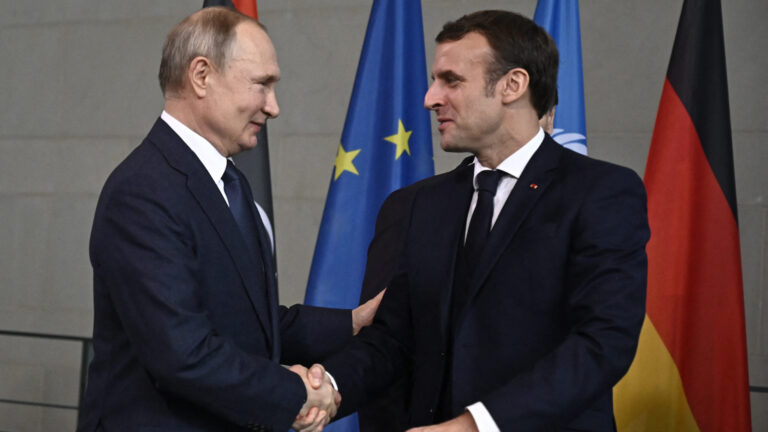The first days of July were perhaps the busiest days ever of Hungarian diplomacy. Prime Minister Viktor Orbán visited Kyiv on 2 July, then held meetings in Moscow, Beijing, Washington and finally Mar-a-Lago in Florida, to speak with former President Donald Trump after meeting with the Ukrainian, Russian and Chinese leaders. It is important to highlight, however, that the Hungarian Prime Minister did not set out on this diplomatic mission with a concrete plan to end the war— Budapest firmly believes that it is up to the two warring sides to determine the exact nature of a possible settlement. Instead of promoting a detailed peace plan, with its diplomatic mission
the Hungarian government stood up for the moral principle that promoting peace and ending violence is better than continuing hostilities.
Or, as Viktor Orbán summed it up, ‘peace will not come by itself in the Russia-Ukraine war, someone has to make it’.
While Budapest aims to normalize a political dialogue on peace, other world capitals are already discussing the details and principles of a peace agreement; and Budapest has made it clear that it is willing to consider any of those as a mediator if they truly bring peace closer.
Peace Proposals from China and Brazil
In February 2023 (i.e., on the first anniversary of the invasion of Ukraine) China’s Ministry of Foreign Affairs presented China’s Peace Plan addressing Russo–Ukrainian War. The plan includes 12 principles, emphasizing the respect of sovereignty, independence and territorial integrity of all countries. China’s plan also reaffirms that security must not be pursued at the expense of others, thereby calls for the de-escalation of the situation in Ukraine. It also urges to take measures to ease the unfolding humanitarian crisis and abide by international humanitarian law, avoiding attacks on the civilian population. It condemns both the use of sanctions, and the use of the global economic system ‘as a tool or weapon for political purposes’, whilst also expressing support in favour of facilitating grain export through the Black Sea. China’s Peace Plan also states Beijing’s willingness to provide assistance in post conflict reconstruction. Upon meeting with President Xi Jinping, the Hungarian prime minister reiterated that Budapest supports ‘all international efforts aimed at peace’ which includes the ones presented by Beijing.
About a year after Beijing’s peace proposal, in May 2024 Brazil and China presented a joint proposal addressing the conflict between the two East Slavic countries. The proposal calls the sides to stop the ‘expansion of the battlefield’, ‘the escalation of fighting’ and ‘provocation by any party’. The two BRICS countries also highlight the importance of organizing a peace conference with both Moscow and Kyiv’s participation. The proposal condemns the use of weapons of mass destruction, as well as attacks on nuclear power plants. It also calls for the increasing of humanitarian assistance and the avoiding of attacks on the peaceful civilian population. In its final point the proposal also reiterates support for a multipolar world instead of ‘dividing the world into isolated political or economic groups’.
The Peace Summit in Switzerland
A couple of weeks ago 93 countries (of the 160 invited) attended the Global Peace Summit in Switzerland. Two notable absentees were China and Russia, with the latter never receiving an official invitation. At the end of the conference, 14 participating countries (including India, Brazil, Saudi Arabia and South Africa) opted not to sign the final Communiqué which outlined a pathway to peace. India claimed not to have signed the Communiqué due to Russia’s, while Saudi Arabia due to China’s absence. The Communiqué focuses on three main topics: nuclear safety, food security and humanitarian issues, including the exchange of all prisoners of war. In addition, it also reaffirms the territorial integrity of Ukraine, with President Zelenskyy saying that Kyiv is ready to ‘start negotiations even tomorrow’ if Russia withdraws from their territory. Zelenskyy clarified that the Summit’s point reaffirming Ukraine’s internationally recognized territory also implies that Russia must withdraw from the Crimean Peninsula. Hungary was among the participating countries that signed the final Communiqué.
Pope Francis’ Efforts to Promote Peace
As Hungarian Conservative also reported, while visiting Hungary last May, Pope Francis held talks with with Prime Minister Viktor Orbán and Bishop Hilarion, the metropolitan of the Russian Orthodox Church in Budapest in connection with a Vatican peace mission. The Ukrainians were not thrilled. An anonymous person from President Zelenskyy’s wartime administration told CNN that they were unaware of such a papal mission, and they do not approve of any such efforts. The unnamed official then added: ‘President Zelenskyy has not consented to any such discussions on Ukraine’s behalf.’ The Polish news agency PAP has also quoted the Pope at the time who recalled he had spoken to Patriarch Kirill of the Russian Orthodox Church once since the war broke out in a 40-minute video call on Zoom.
Ukrainian and Russian Demands
Kyiv’s detailed 10-point peace plan was released on the Ukrainian President’s website in late 2023. Since its formulation the conditions set by Ukraine to make peace have not changed significantly. Other attempts in which Ukraine was involved in, including the Swiss Communiqué, to formulate the conditions of peace resemble these 10-points. While the so-called President Zelenskyy Peace Formula also calls for nuclear safety, energy and food security, its more crucial points include the demand to restore Ukraine’s territorial integrity, and respect its 1991 borders (i.e., condemnation of Moscow’s illegal occupation of Crimea). Else than demanding the Russian Federation to ‘immediately, completely and unconditionally withdraw all of its military forces from the territory of Ukraine’, the Peace Formula also highlights the importance of holding perpetrators of ‘serious crimes’ committed on the territory of Ukraine during the war accountable ‘under international law’. Finally, President Zelenskyy’s Formula stresses the need both to develop ‘mechanisms for preventing the repetition of aggression against Ukraine’ and the need to decide ‘on modalities for financing the reconstruction of Ukraine’.
This summer—during the Peace Summit in Switzerland—Russian President Vladimir Putin also outlined his conditions for peace. He demands the complete withdrawal of Ukrainian troops from the territories of four Ukrainian regions, Donetsk, Luhansk, Zaporizhzhia and Kherson. While stressing that Kyiv must abandon plans to join NATO, Putin has also threatened Ukraine that if it does not accept these conditions, future demands ‘will be different’. Despite the threats Putin’s conditions were swiftly rejected by the Ukrainian leadership. Much of the four regions Putin demanded Ukrainians to pull out of are still controlled by Ukraine. Calling on Kyiv to voluntarily withdraw from territories it controls was ‘offensive to common sense’, according to Presidential adviser Mykhailo Podolyak.
The Istanbul Communiqué
Despite the series of peace plans formulated over the last years, the positions of the presidents of the warring nations, Zelenskyy and Putin still look irreconcilable. As Prime Minister Orbán highlighted on numerous occasions, however, ‘peace won’t happen of its own accord’ and ‘without dialogue it is very difficult to see how they will move in the direction of peace’. Orbán’s observation that dialogue can indeed help the two sides reach trade-offs and bring Eastern Europe closer to peace is proven by the achievements of the 2022 peace negotiations which fruited the Istanbul Communiqué. Albeit the Istanbul peace deal was eventually aborted, it was the most serious attempt so far to reach consensus between the two sides. The relevance of the aborted deal is demonstrated by the fact that in April the Kremlin confirmed that the Istanbul peace deal can still be a basis for talks with Ukraine.
The aborted 2022 peace negotiations aimed to declare Ukraine a neutral and nonnuclear state, while leaving its EU accession open.
Ukraine and Russia also agreed on the guarantors of Kyiv’s neutrality—the countries named included both Western nations, such as the UK and the US, and Eastern ones, such as Russia, Türkiye and China. The sides also seemed to have decided to ‘seek to peacefully resolve their dispute over Crimea’ in the next decades to come —a trade-off with regard to both Ukraine’s position demanding its return, and Russia’s position refusing to discuss the peninsula’s status. Although no decisive agreement was made on the size of the Ukrainian army post-peace, the negotiations were an important step towards bringing the two sides positions closer to each other.
There are four reasons that are speculated to have contributed to the breakdown of negotiations. Firstly, UK Prime Minister Boris Johnson’s visit to Ukraine urging it not to agree to peace. Secondly, the discovery of the crimes committed in Bucha. Thirdly, the change of fortunes on the battlefield —Ukraine’s most successful counteroffensive took place in the second half of 2022, that is just around the time of the talks. The counteroffensive led to liberation of the city of Kherson in November 2022. Fourthly, the inability to agree on one critical issue in the Communiqué, that of the guarantor’s of Ukraine’s neutrality. The disputed proposition determined the list of countries (including Russia) who, in case Ukraine is attacked ever again, could have decided to come to its aid (allow actions such as imposing a no-fly zone and directly intervening with military force). Due to a Russian edit to the text, guarantor states would have been required to reach a joint agreement before any interventions are made —thereby, giving the likely invader, Russia, a veto in any attempt aiming to uphold Ukraine’s neutrality.
Now, two years after the breakdown of negotiations, it is not only the reality on the battleground that has changed, but the political environment as well. With Donald Trump seeming ever more likely to become the next President of the United States, in this new context the Hungarian peace mission will hopefully contribute to the reopening of the dialogue between the parties at war. Be it the Swiss, the Chinese, or the China–Brazil peace plan, or the renegotiation of the Istanbul Communiqué, Budapest is willing to help broker any agreement that leads to peace in Ukraine.

